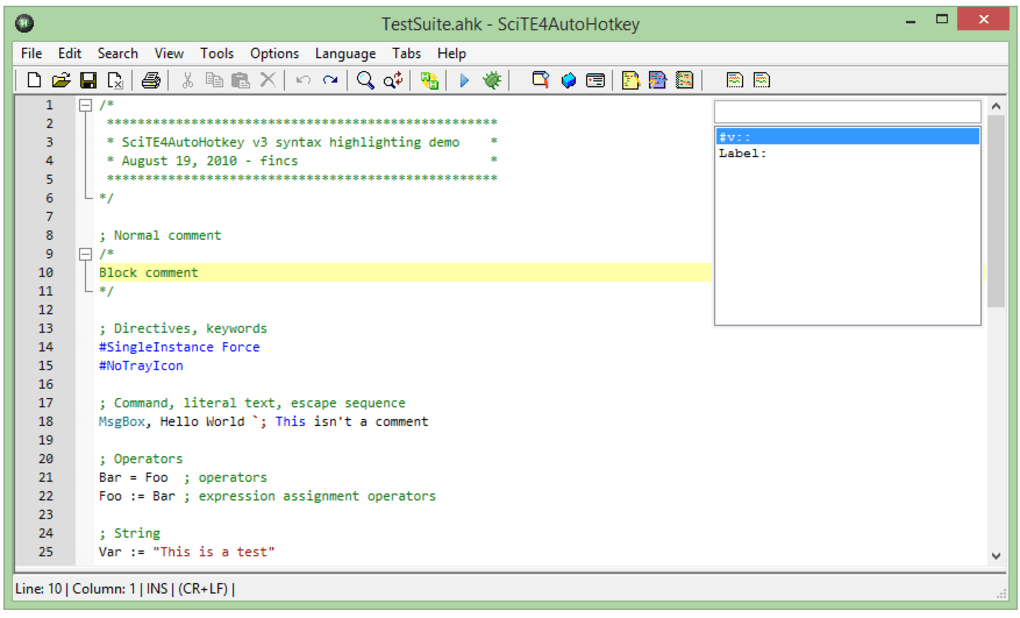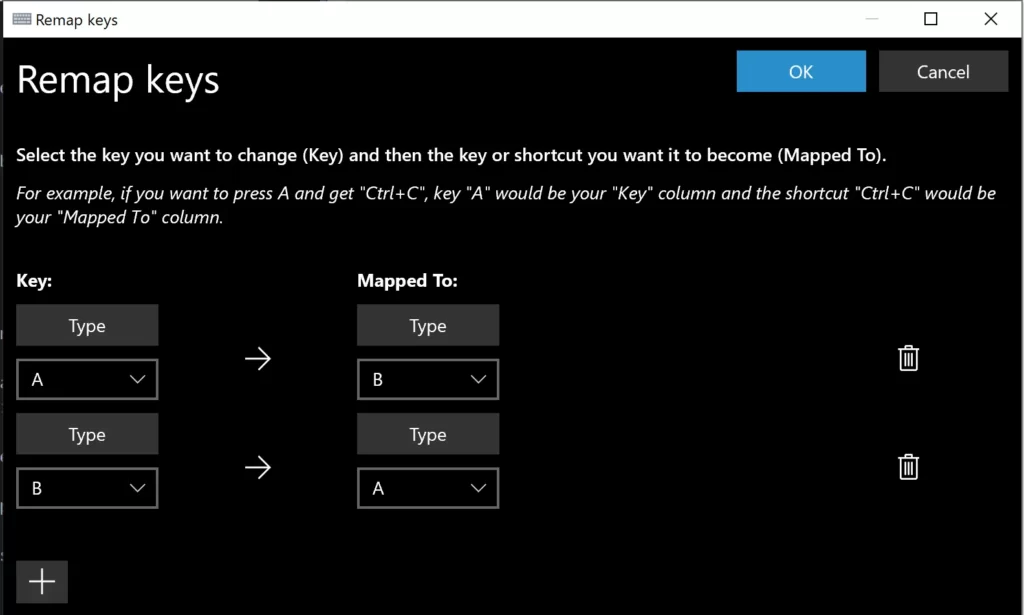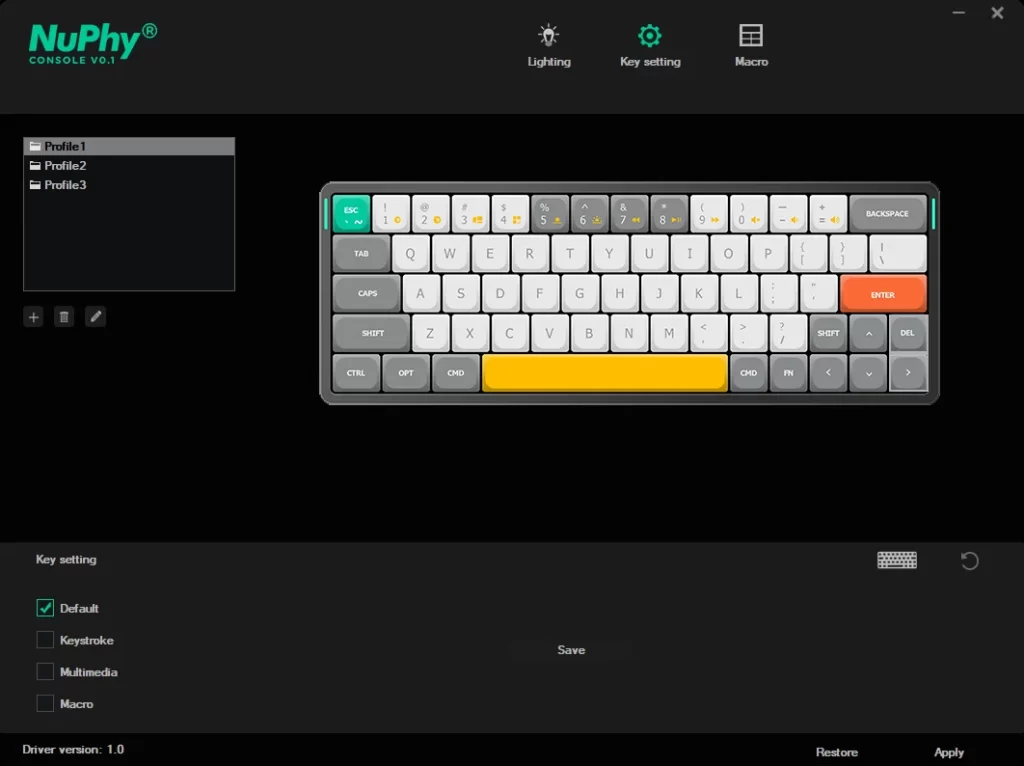Last Updated on August 20, 2023
Compact keyboards, commonly referred to as 60% keyboards due to their reduced size, offer a sleek and space-saving solution for users seeking a clutter-free desk setup. While these keyboards provide portability and aesthetic appeal, they often come with one notable drawback: the absence of dedicated Home and End keys. These keys are crucial for navigating documents, text editing, and efficient typing, leaving many users wondering how to perform these functions on their compact keyboards.
In this comprehensive guide, we’ll delve into various strategies and solutions that empower you to regain access to the Home and End functions on your 60% keyboard. Whether you’re a frequent typist, a programmer, or simply someone who values streamlined efficiency, we’ve got you covered with step-by-step instructions and insights.
Unveiling the Home and End Key Functions
Before we explore solutions, let’s understand the significance of the Home and End keys in keyboard navigation. The Home key typically transports the cursor to the beginning of a line or document, while the End key transports it to the opposite extreme – the end of a line or document. These functions are fundamental for editing text, writing code, or even navigating web pages and documents.
The Challenge with Compact Keyboards
Compact keyboards are designed to minimize space usage by omitting non-essential keys, often including the Home and End keys. While these keyboards offer ergonomic advantages, the absence of dedicated Home and End keys can hinder productivity, especially for users accustomed to their convenience.
How to Access The Home and End Keys on a 60 Keyboard?
1. Navigating Without Dedicated Keys
Function Key Combinations
Many compact keyboards incorporate the “Fn” (Function) key, which, when used in combination with other keys, can replicate the functions of missing keys. It’s advisable to consult your keyboard’s manual or online resources to determine if your keyboard employs this approach. While the combinations can vary, they often follow a pattern, such as Fn + Arrow keys, to simulate Home and End functionality.
Windows Shortcuts
For Windows users, there are built-in shortcuts that mimic the Home and End functions, offering an alternative to dedicated keys. Here’s a common shortcut:
- Ctrl + Left Arrow: Simulates the Home key, moving the cursor to the start of the line.
- Ctrl + Right Arrow: Simulates the End key, moving the cursor to the end of the line.
These shortcuts can be used in various text editors, word processors, and even web browsers, providing a convenient solution for navigating text.
2. AutoHotkey for Customization

AutoHotkey, a versatile scripting language, empowers users to create custom keyboard shortcuts and automate tasks. This tool is particularly useful for those seeking personalized solutions to replicate Home and End functionality.
Setting Up AutoHotkey
- Download and install AutoHotkey from the official website.
- Create a new text file and give it a name with the “.ahk” extension, such as “HomeEnd.ahk.”
Writing AutoHotkey Scripts
AutoHotkey scripts are written in a straightforward syntax. Here’s a basic script that maps the Win (Windows) key in combination with other keys to simulate Home and End functions:
#h::Home
#e::End
In this script, pressing Win + H will simulate the Home key, while Win + E will simulate the End key.
Running the AutoHotkey Script
Double-click the saved “.ahk” file to run the script. AutoHotkey will run in the background, enabling your custom shortcuts. To make the script run automatically on startup, place a shortcut to the script in the “Startup” folder.
AutoHotkey offers flexibility, allowing you to tailor shortcuts to your preferences and needs. This solution is ideal for users who want a more personalized approach to keyboard navigation.
3. Microsoft PowerToys for Effortless Remapping

Microsoft PowerToys is a collection of utilities designed to enhance Windows functionality. Among these utilities is Keyboard Manager, which enables users to remap keys and create custom shortcuts without scripting.
Installing and Configuring PowerToys
- Download and install Microsoft PowerToys from the official repository.
- Open the PowerToys settings and navigate to the “Keyboard Manager” section.
Creating Custom Shortcuts
In the Keyboard Manager, you can easily create custom shortcuts to replicate Home and End functions:
- Click on the “Remap a key” button.
- Add a new remapping by selecting the “Add a new remapping” option.
- Choose the desired key combination, such as Win + Left for Home and Win + Right for End.
- Save your changes and ensure that Keyboard Manager is enabled.
Microsoft PowerToys provides a user-friendly way to remap keys, making it an excellent choice for users who prefer a graphical interface over scripting.
How to Remap 60% Keyboards Using Their Software to Set Up Home and End Keys

Remapping keys on a 60% keyboard can significantly enhance your typing and navigation experience. These compact keyboards often lack dedicated Home and End keys, which are essential for efficient text editing and document traversal. However, many 60% keyboards come with software that allows users to customize key assignments, offering a solution to this limitation. In this guide, we’ll explore how to use the manufacturer’s software to remap keys and set up Home and End functionality on your 60% keyboard.
To remap keys on your 60% keyboard using the manufacturer’s software, follow these steps:
1. Download and Install the Software
Visit the manufacturer’s official website and locate the software download section. Download and install the software that corresponds to your keyboard model.
2. Launch the Software
Open the software after installation. Depending on the manufacturer, the software interface may vary, but the general process remains consistent.
3. Identify Key Remapping Options
Look for options related to key remapping or customization within the software interface. This is where you’ll find the tools to assign new functions to specific keys.
4. Select the Key to Remap
Identify the key you wish to remap to Home or End functionality. Click on the key or select it from a graphical representation of the keyboard layout within the software.
5. Choose the New Function
Within the software, you’ll likely have a list of functions or actions that you can assign to the selected key. Look for options related to Home or End functionality. These options may be labeled as “Home,” “End,” or something similar.
6. Apply the Remapping
Once you’ve selected the desired function (Home or End), apply the remapping to the chosen key. The software may prompt you to confirm your choice before proceeding.
7. Test the Remapped Key
After applying the remapping, test the key to ensure that it now performs the Home or End function as intended. Open a text editor or document to verify that the remapping is working correctly.
8. Save and Exit
Once you’re satisfied with the remapped key’s functionality, save your changes within the software. Some software may require you to sync the changes with your keyboard.
9. Configure Additional Keys (Optional)
If you wish to remap other keys for Home and End functionality or any other custom functions, repeat the process for each key you want to customize.
10. Restart or Sync
In some cases, you may need to restart your computer or sync the changes with your keyboard for them to take effect. Follow the manufacturer’s instructions provided in the software.
Manufacturer-Specific Tips
Different keyboard manufacturers may have unique software interfaces and terminologies. Here are a few additional tips to consider based on the manufacturer:
Corsair
Corsair keyboards often use the iCUE software. Look for the “Actions” tab to create and assign macros that replicate Home and End functions.
Razer
Razer keyboards typically use the Synapse software. Navigate to the “Customize” tab to create custom key assignments and macros.
Logitech
Logitech keyboards utilize the G HUB software. You can create custom key assignments under the “Assignments” section.
Remapping keys on a 60% keyboard using the manufacturer’s software provides a tailored solution to the absence of dedicated Home and End keys. By following the steps outlined in this guide and exploring the options within the software, you can easily set up Home and End functionality or any other custom functions according to your preferences. This customization empowers you to optimize your keyboard for enhanced efficiency and productivity, making your typing and navigation experience on a 60% keyboard even more seamless and convenient.
Experimentation and Exploration
While the solutions mentioned above are tried and tested, keyboard layouts and functionalities can vary between manufacturers and models. Don’t hesitate to explore your keyboard’s documentation, online forums, and user communities to uncover unique function key combinations that replicate Home and End functionality.
Conclusion
In the world of compact keyboards, the absence of dedicated Home and End keys doesn’t have to impede your productivity or typing comfort. Whether you choose to harness the power of AutoHotkey for tailored shortcuts or opt for the intuitive remapping capabilities of Microsoft PowerToys, you now have a diverse range of options at your disposal. By mastering these techniques, you’ll seamlessly navigate through documents, edit text, and optimize your typing experience on your compact keyboard. Embrace the versatility of modern technology to conquer any keyboard-related challenges that come your way. Happy typing!
FAQs about Accessing the Home and End Keys on a 60% Keyboard
What is a 60% keyboard?
A 60% keyboard is a compact keyboard design that eliminates certain keys, including dedicated Home and End keys, in order to reduce the overall size while maintaining functionality.
Why are Home and End keys important?
Home and End keys are essential for efficient text navigation, allowing users to quickly move to the beginning or end of a line, document, or web page.
My 60% keyboard doesn’t have Home and End keys. What can I do?
While these keys may not be present, there are various methods to simulate their functionality, such as using function key combinations, Windows shortcuts, or third-party tools like AutoHotkey and Microsoft PowerToys.
What are function key combinations?
Function key combinations involve using the “Fn” key in conjunction with other keys to replicate missing functions. These combinations vary depending on the keyboard model and manufacturer.
How do I use Windows shortcuts for Home and End?
On Windows, you can use Ctrl + Left Arrow to simulate the Home key (move to the start of a line) and Ctrl + Right Arrow to simulate the End key (move to the end of a line).
What is AutoHotkey, and how can it help me?
AutoHotkey is a scripting language that allows you to create custom keyboard shortcuts. By writing simple scripts, you can map specific key combinations to simulate Home and End functionality on your 60% keyboard.
Can you provide an example of an AutoHotkey script for Home and End keys?
Certainly! Here’s a basic AutoHotkey script that maps Win + H to Home and Win + E to End:
#h::Home
#e::End
How do I set up and run AutoHotkey scripts?
To use AutoHotkey, you need to download and install it from the official website. Once installed, create a new text file with the “.ahk” extension, paste the script, and save it. Double-click the file to run the script, and it will run in the background, providing you with the simulated Home and End functions.
What is Microsoft PowerToys, and how can it help with keyboard remapping?
Microsoft PowerToys is a set of utilities that enhance Windows functionality. PowerToys includes Keyboard Manager, which enables you to remap keys and create custom shortcuts, making it easy to simulate Home and End functionality without scripting.
How can I use Microsoft PowerToys to remap keys?
Install Microsoft PowerToys, open the Keyboard Manager section, and create new remappings. For instance, you can map Win + Left to Home and Win + Right to End. The remapped keys will function just like Home and End keys on your 60% keyboard.
Can I experiment with different function key combinations?
Absolutely! Feel free to experiment with different combinations involving the “Fn” key to see if your keyboard offers hidden shortcuts for Home and End functions.
Are these solutions specific to certain operating systems?
The solutions mentioned, such as Windows shortcuts, AutoHotkey, and Microsoft PowerToys, are primarily applicable to Windows operating systems. However, similar concepts can be explored on other operating systems to achieve similar results.
Can I use AutoHotkey and Microsoft PowerToys together?
Yes, you can use both tools concurrently. AutoHotkey provides more script customization, while Microsoft PowerToys offers a user-friendly graphical interface for remapping keys.
Can I reverse the remappings I’ve set up?
Yes, you can revert remappings in both AutoHotkey and Microsoft PowerToys. Simply edit or delete the respective scripts or remappings you’ve created.
How do I find support or further assistance if I encounter issues?
If you encounter challenges while setting up shortcuts or remappings, you can refer to online user communities, forums, and official documentation for AutoHotkey and Microsoft PowerToys. Users often share their experiences and solutions to common problems.
Can I use these solutions on other types of keyboards?
While these solutions are specifically targeted at 60% keyboards, many concepts can be adapted to work with other keyboard types. However, the key combinations and tools may vary based on the keyboard’s design and features.
Is there a risk of damaging my keyboard or computer while using these solutions?
When used as directed, these solutions do not pose any risk to your keyboard or computer. However, it’s important to follow instructions carefully and avoid modifying critical system settings.
Are there any alternatives to the methods mentioned?
Depending on your preferences and needs, you can explore alternative methods such as using dedicated external keypads, adjusting software settings in specific applications, or considering keyboards with different layouts that include Home and End keys.
Kizaru is a fan, collector, and has a huge addiction to mechanical keyboards. Kizaru has a collection of dozens of mechanical keyboards that come in different sizes and use different switches. He also frequently contributes to various forums that discuss keyboards such as Reddit and GeekHack.

